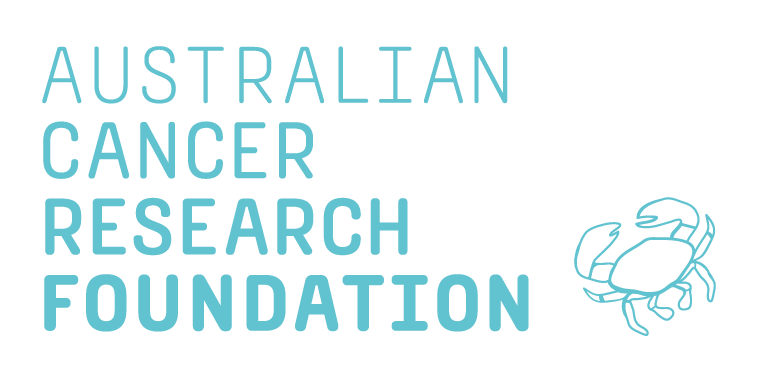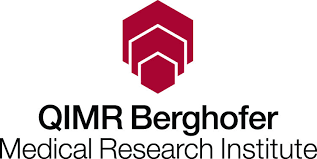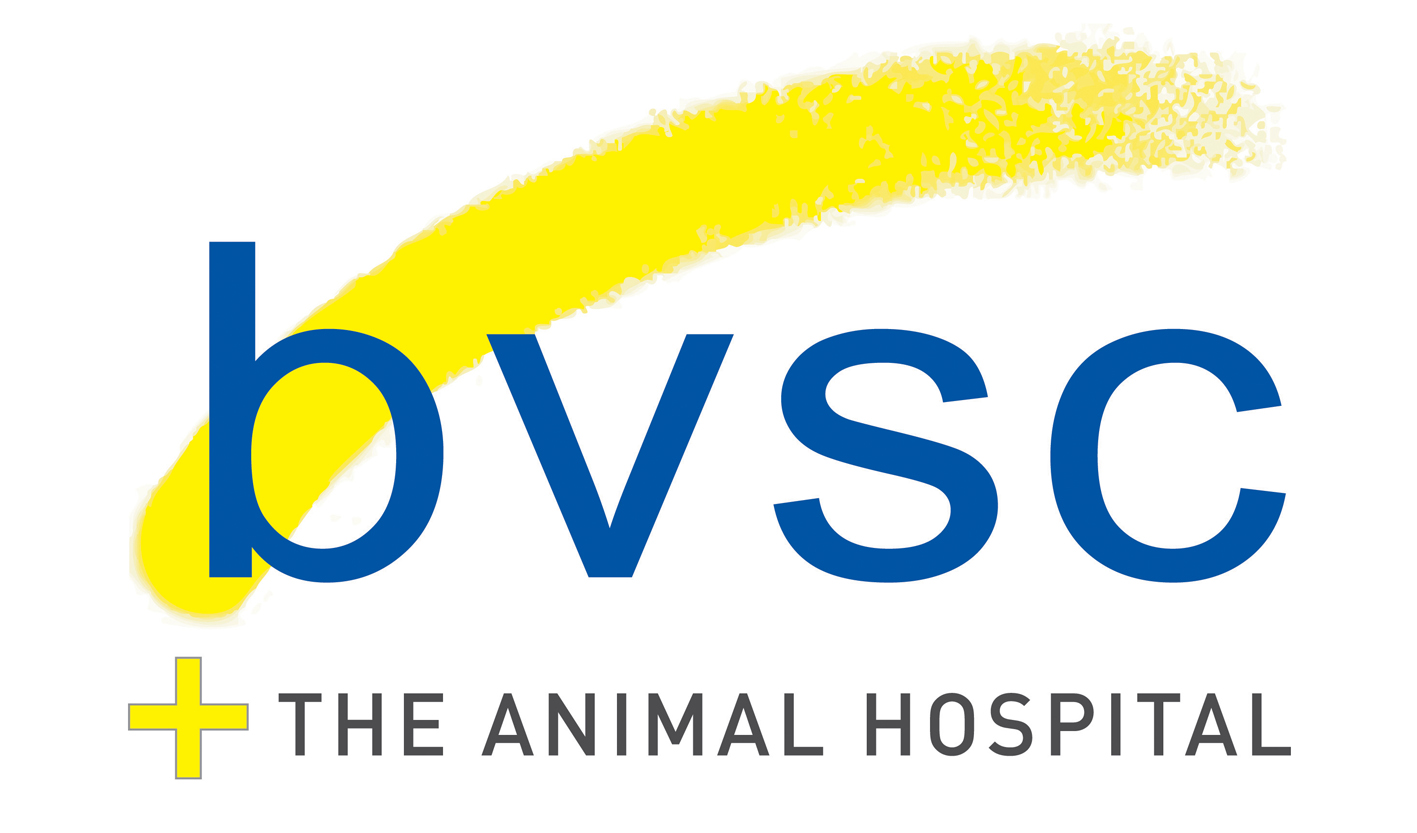ACRF Facility for Molecular Imaging Agents in Cancer
The Australian Cancer Research Foundation (ACRF) Facility for Molecular Imaging Agents in Cancer was established within CAI through a $2.5 million grant from the Australian Cancer Research Foundation which enabled the purchase of a PET-CT scanner to image large animals and humans (more information is available in the UQ press release).
The facility and equipment will harness the power of molecular imaging to detect, characterise and monitor cancer in order to help streamline the discovery of new cancer drugs through the power of PET microdosing - examining the effects of tiny doses of drugs at a cellular level- and comparative oncology.
The Comparative Oncology program at the Centre for Advanced Imaging is the first research program of its kind in Australia. Naturally occurring cancers in companion animals such as dogs share clinical and biological similarities to human cancers that are difficult to replicate in other model systems. The purpose of comparative oncology is to make use of these cancers as models to bridge the gap between conventional preclinical models and human trials, facilitating clinical translation of new cancer drugs, devices, and imaging procedures.
The ACRF Facility for Molecular Imaging Agents in Cancer brings together cancer researchers from UQ, QIMR Berghofer Medical Research Institute, the Australian Prostate Cancer Research Centre and veterinary oncologists from UQ’s School of Veterinary Science and the Brisbane Veterinary Specialist Centre.




